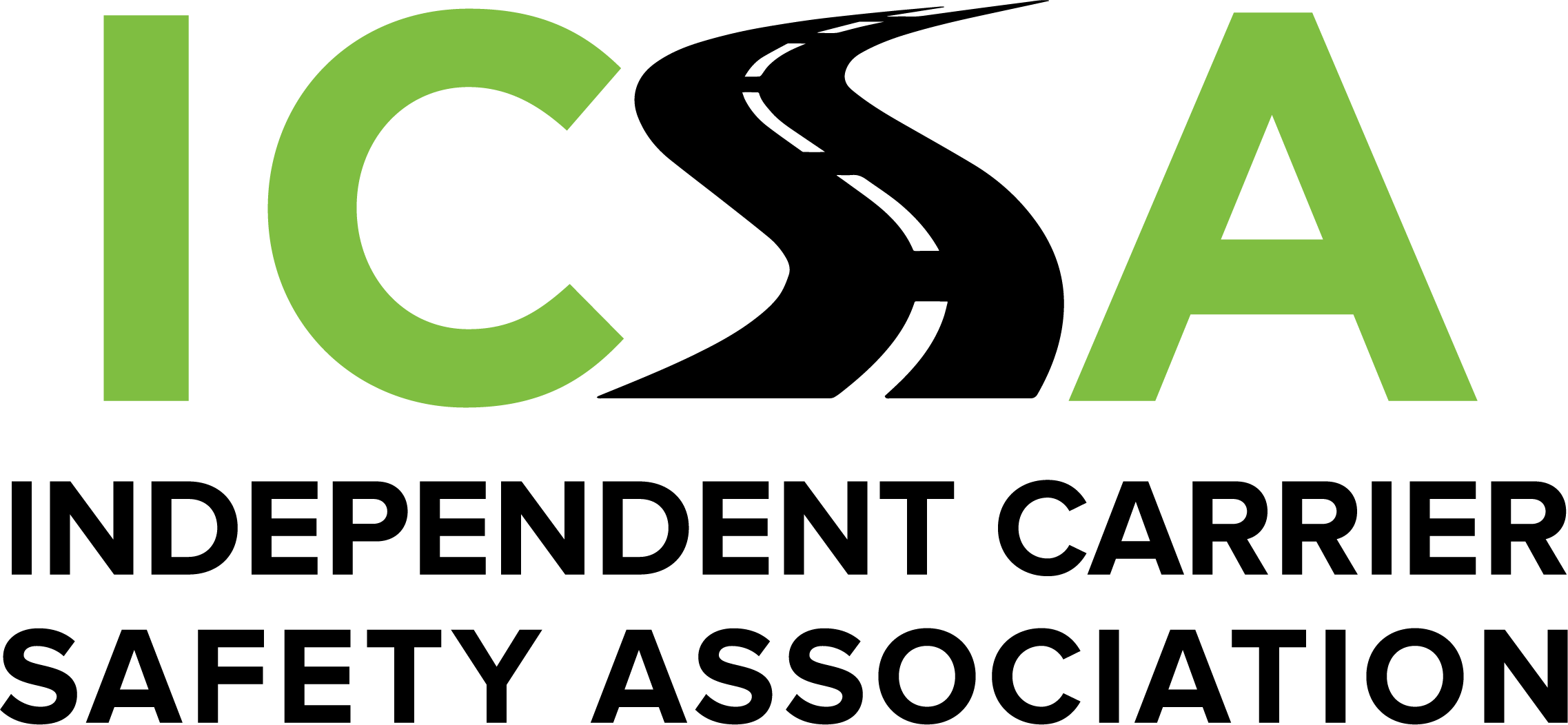
By Mike Hitchcock, Senior Safety Advisor
According to the Federal Motor Carrier Safety Administration (FMCSA), even the most well-trained, safety-conscious commercial truck driver engages in driving behaviors that could lead to a crash on today’s crowded highways. Weather conditions or road conditions change and suddenly obeying the speed limit becomes “driving too fast for conditions”. Impaired performance because of fatigue, inattention or daydreaming, or an unexpected distraction can all lead to a truck crash. Maintaining a safe following distance is always a factor. As a professional driver, you likely already know this and know how important it is to fight complacency.
Following Distance: Have you ever felt like giving extra following distance was a waste of time? Four-wheelers just cut in front of you when you give them the space - and you end up dropping back and losing time? Well, it may feel that way; however, the Smith System Defensive Driving course recommends that professional drivers stay behind the “pack”. In other words, don’t fight for territory or to lead the pack. The simple solution to this dilemma is to drive one or two miles per hour slower than traffic. That is all there is to it! When vehicles move into your “following distance” space, you don’t need to react. You are already going slower than they are and increasing your following distance as you go. In two or three seconds you again have a safe following distance.
Seat Belts: Nationally we are seeing an increase in warnings and citations for failing to wear a seat belt while operating a commercial vehicle. If you’re a good driver with the knowledge, skills, and abilities (KSAs) needed to control your vehicle, then it becomes incredibly important that you are held in place to use those KSAs. If you’re not wearing your seat belt, you’ll use your legs and arms to brace yourself firmly in place behind the wheel and you’ll no longer be able to control the vehicle.
And let’s face it: study after study has proven that seat belts reduce injuries in most cases. Less serious injuries means a faster recovery and lower medical and workers comp costs if you are a fleet owner. If you wear your seat belt, you’ll be less likely to crash, the crashes you do get in will be less severe on average, and you’ll be less likely to sustain life-threatening injuries or die in a crash.
In addition to the great safety videos available to ICSA members on our website, FMCSA has also developed some useful training materials - including videos. These materials were developed to raise the consciousness of commercial drivers about common driving errors and to provide valuable driving tips through an easily accessible tool, the Internet. Fleet safety managers can also use these Web pages for their driver training programs. These tips offer preventive measures that CMV drivers can take to help avoid crashes.
The driving tips, ideas, and suggestions on FMCSA’s Web pages are supported with real-world video clips (25 to 30-second video clips) recorded in a naturalistic (open roadway, non-test track) driving study conducted by the Virginia Tech Transportation Institute (VTTI), one of our nation’s most respected transportation research organizations.
Click on any of the categories below to find driving tips, interesting facts, video clips, a video description, and the training exercise questions.
Driving Tips Videos from FMCSA:


